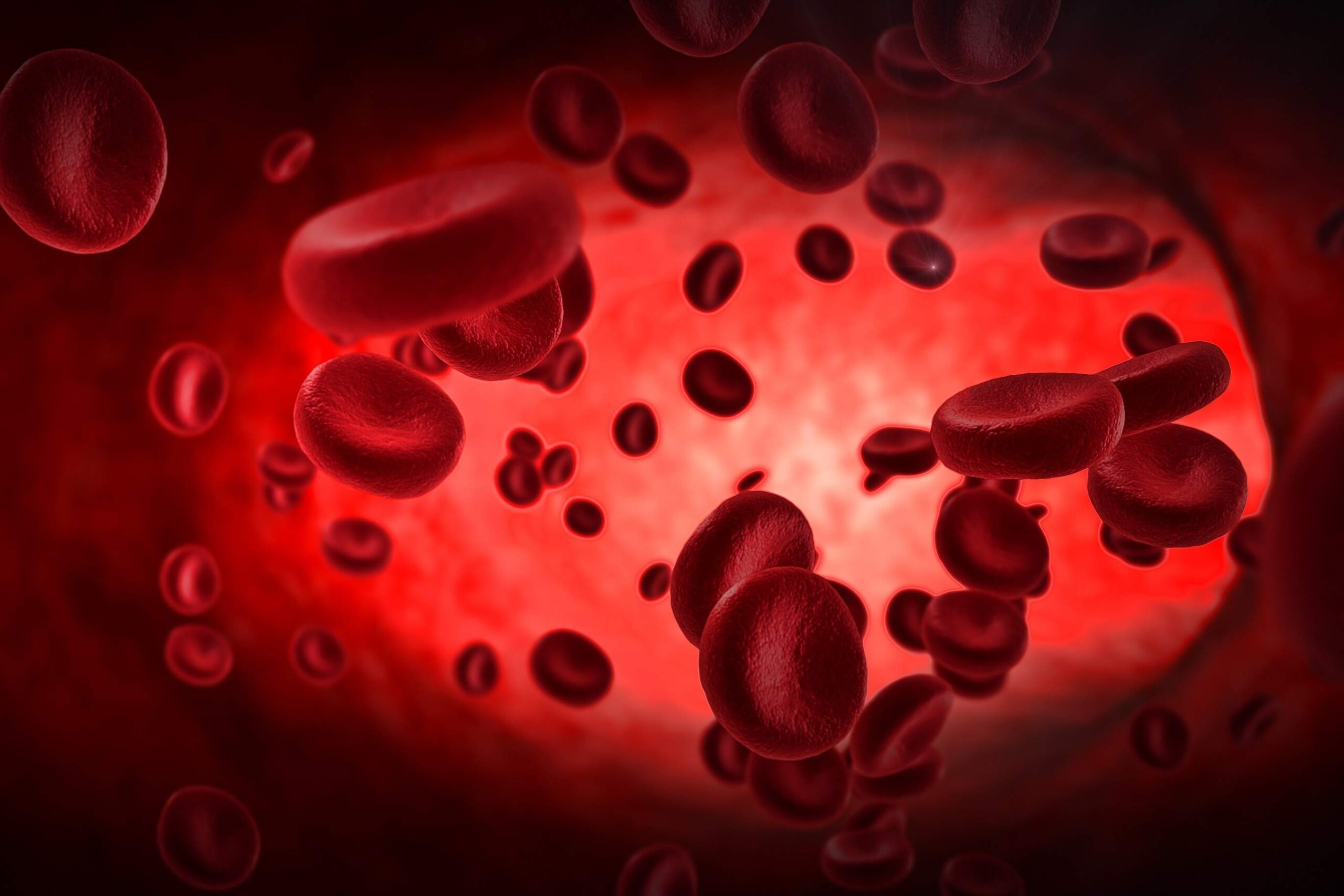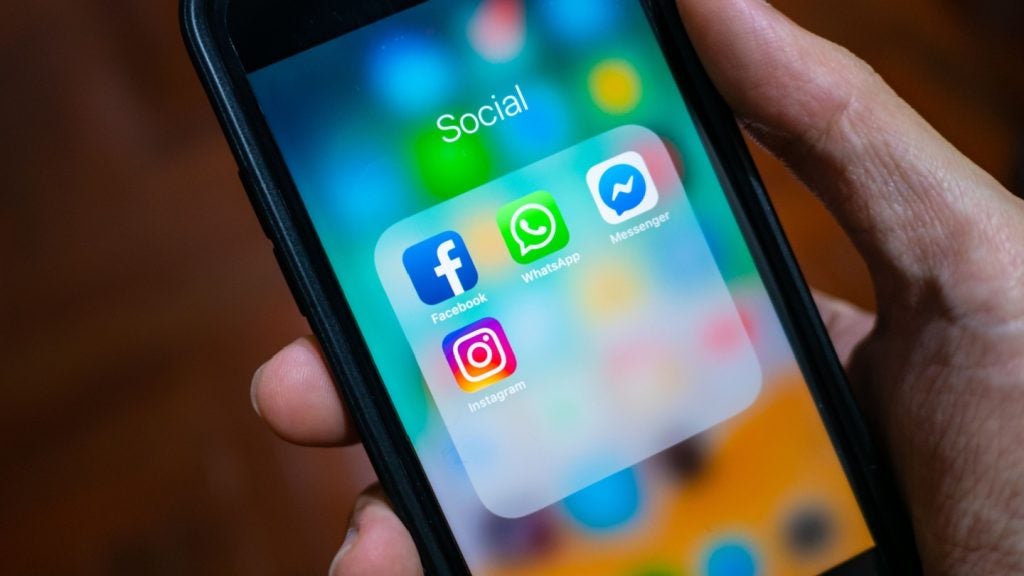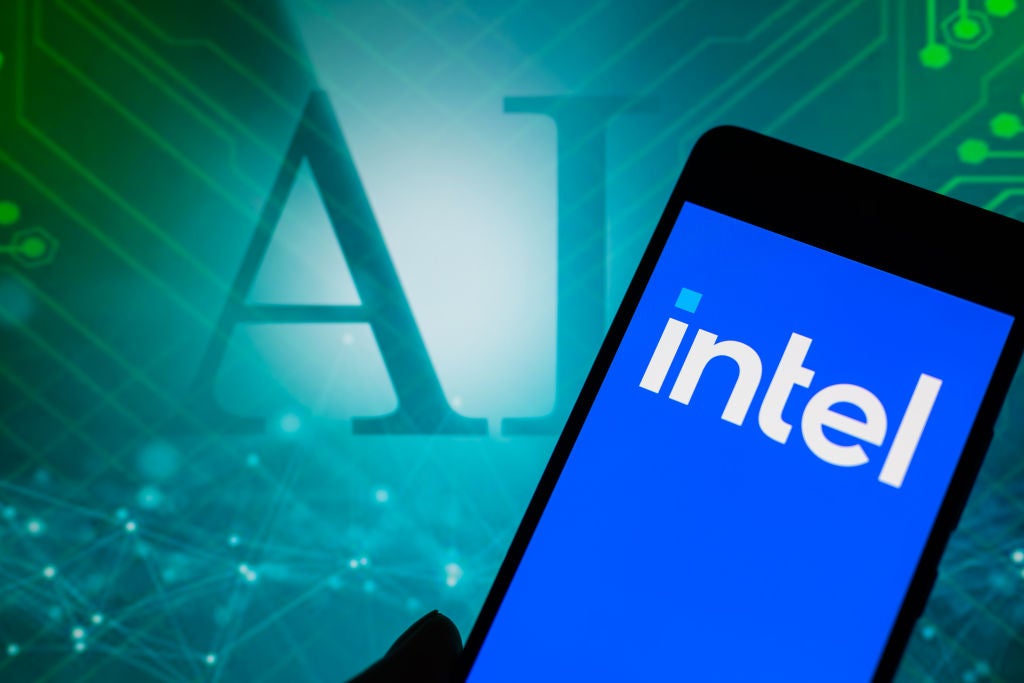
Have you ever donated blood? Maybe it’s something you’ve thought about. You may have tried it once and then keep meaning to go back. Perhaps the thought of needles terrifies you.
The NHS Blood and Transplant (NHSBT) team needs 200,000 new donors every year to keep up with demand for supplies.
It’s using digital techniques like apps and data analysis to ensure that hospitals around the UK are getting the blood they need for life-saving operations and transfusions.
At Microsoft’s Future Decoded conference in London, Verdict spoke to Anthony Evans, digital service manager at NHSBT and Chris Breakey, the organisation’s assistant director for solutions architecture, about the digital techniques employed to power blood donation.
Evans says that the challenges NHSBT faces are not dissimilar to challenges in any other organisation:
When you think about blood donation, nobody has to donate blood. They give up their time, have a needle in the arm and get a cup of tea and a biscuit. So I focus heavily on user experience to make it really simple and work well, otherwise people wouldn’t use the service.
How well do you really know your competitors?
Access the most comprehensive Company Profiles on the market, powered by GlobalData. Save hours of research. Gain competitive edge.
 Company Profile – free sample
Company Profile – free sampleThank you!
Your download email will arrive shortly
Not ready to buy yet? Download a free sample
We are confident about the unique quality of our Company Profiles. However, we want you to make the most beneficial decision for your business, so we offer a free sample that you can download by submitting the below form
By GlobalDataBut a lot of what we do is applicable anywhere. I spoke to my old boss this morning who is now at HMRC. He’s got a very big digital portfolio and a very different proposition with tax, but we take a similar approach: you focus on your users’ needs.
Contacting donors in new ways
In order to make the digital journey smoother for blood donors, NHSBT uses Microsoft’s cloud software Azure and Dynamics 365 to do everything from data storage to organ donation matching.
Breakey says:
We can now have data insights the likes of which we’ve never had previously.
The organisation can now contact and correspond with current and potential donors in ways it has never done before, such as through its NHS Give Blood app.
Evans adds:
The reason we focus on an app is because 70 percent of the traffic we see comes from smartphones and tablets. Our donors are heavily mobile.
The NHS Give Blood app focuses on delivering personalised services to donors. It can see when the last date you donated was and what your location is to suggest donation points. Evans says it’s a balancing act: hospitals have demand for blood and specific blood types, but people can only donate a certain amount of times a year.
And it only lasts 35 days. So you’ve got a real balancing act of hospitals, engaging people in the right areas, to go to the right place. The tools we have and are building are getting even more intelligent about working this out.
Wearables and social media are changing blood donation
Breakey is positive about the impact wearables could have on blood donation. At the moment, regulations say that men can only donate blood every 12 weeks, whereas for women it’s every 16 weeks, based on averages of height and weight.
Going forward, if we can start to pull on data from wearables, we could start to have a world where we can tailor this experience. We could push on this regulation because there will be evidence from the data that if you’re this height and size, you can donate more frequently or less frequently.
This could help NHBS match up with the donors it needs.
As well, social media is another way that NHSBT interacts with donors. It has the largest blood-related Facebook page in the world, which it uses to attract new donors.
If you follow NHS Blood on Twitter, you might have seen its recent posts regarding high demand for blood from BAME (Black, Asian, minority ethnic) donors, in particular, people from Black African backgrounds.
This is because people with Black African and Black Caribbean ethnic backgrounds are 10 times more likely to have RO type blood than White ethnic backgrounds, a specific blood type which is used for donations for people with Sickle Cell disease, which also disproportionately affects people of colour.
The organisation was accused of racism on social media as a result of this request, which led to an interesting and informative thread.
So, people keep asking – why do we need more black blood donors? Isn’t everyone’s blood the same? You’re racist! ISSA THREAD:
— GiveBlood NHS ? (@GiveBloodNHS) November 7, 2017
Breakey says:
The interaction led to increased awareness. We haven’t got solid data on it yet, but we see people saying ‘Oh I never knew this was the case, I’m going to sign up today.
As well, the NHS always needs O-negative blood.
“This is very much in demand because it’s universal. If someone keeled over and we didn’t know who they were or what blood they needed, they would get O-negative, so hospitals use it quite a lot,” says Evans.
Dynamics for organ donation
As well as handling blood donation, NHSBT is now using Microsoft Dynamics for its organ matching programme. It’s a time-sensitive issue and speed is imperative.
Breakey says:
It uses to take hours, a long time, to be able to say this is the appropriate organ for this recipient. Now, we can increase the consistency and reliability of the process and improve the efficiency.
Once an organ becomes available for donation, someone from the transplant team follows it all the way through to donation.
Not that long ago, we had a small office were people expertly made [donation matching] happen. Whereas now, we can automate that pretty much end-to-end so those lifesaving moments can happen.
There’s so much input that goes into it, organ screening and different facts that come into that decision. What we can do is automate it so it is consistent and reliable.
Investing in making the digital process better from NHSBT is having a real impact on the organisation.
Last year, 2.49m transactions were processed via the app, of which 1.3 were booked appointments to donate blood. “80 percent of new donors come in this way and online,” says Evans.
Our digital service helps with the engagement to really attract donors and make it simpler to join up and donate.








